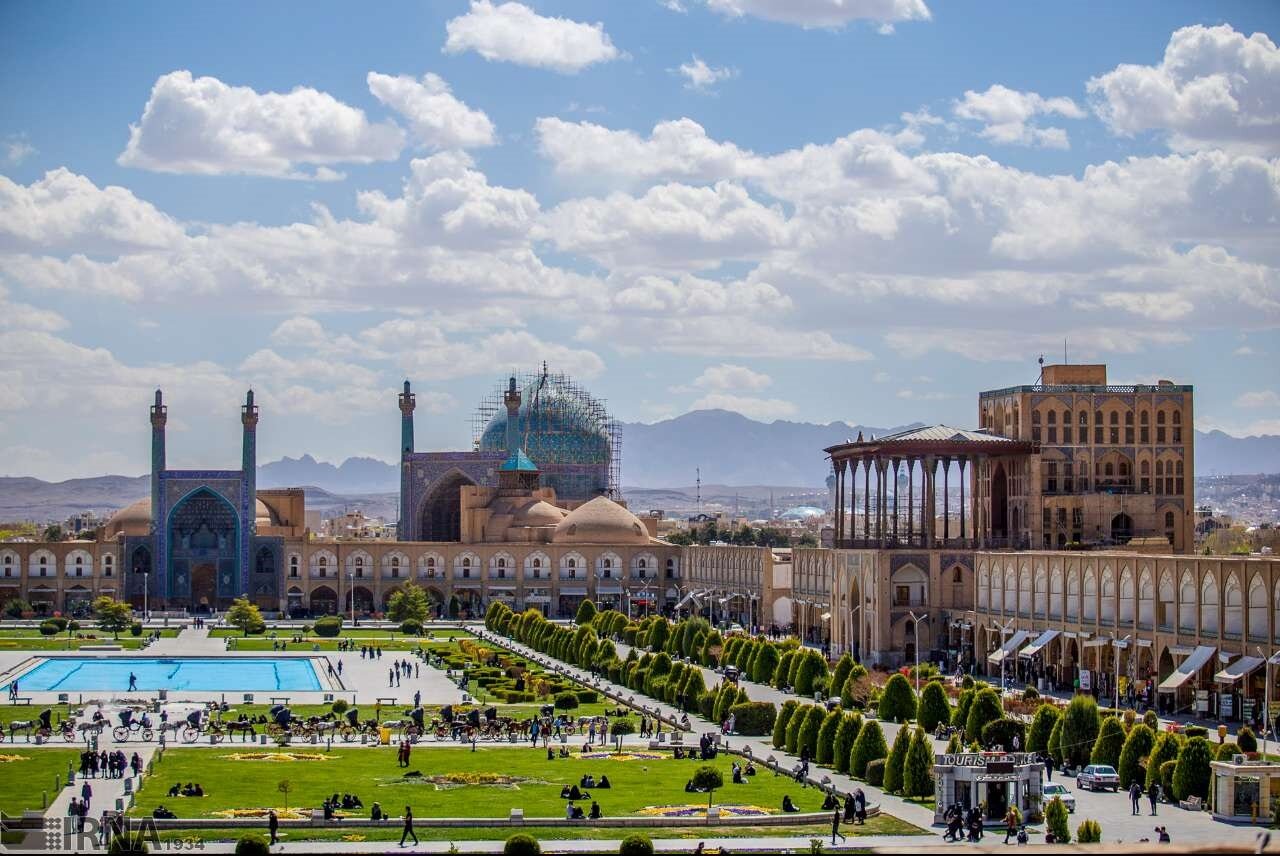INSUBCONTINENT EXCLUSIVE:
TEHRAN - Authorities in Isfahan plan to conduct a comprehensive study to assess the extent of land subsidence at the UNESCO-listed Naqsh-e
$22,000) research contract has been signed to monitor and evaluate the rate of subsidence at the historic site.The square, one of the
largest and most important in the world, is home to several 17th-century Safavid-era monuments, including the Imam Mosque (originally named
affecting other historic structures in the city
Regular monitoring of subsidence effects is also being carried out on major heritage landmarks such as the Jameh Abbasi Mosque, Sheikh
[alarming] average rate of 15 to 18 centimeters per year, IRNA reported.Experts attribute the crisis primarily to the over-extraction of
river.Karamzadeh confirmed that special sessions have been held with national authorities, including the Minister of Cultural Heritage, the
head of Iran's Planning and Budget Organization, and the National Disaster Management Organization, to emphasize the urgency of the
currently under review by both the provincial crisis management office and the Ministry of Cultural Heritage to address damage caused by
subsidence.Environmental experts continue to warn that excessive groundwater withdrawal and the blockading of water from flowing across the
historical Zayandehrud river may pose threats and escalating risk to Isfahan.The ancient city of Isfahan, which serves as the provincial
It reached its zenith between the 9th and 18th centuries
It is filled with many architectural wonders, such as unmatched Islamic buildings, bazaars, museums, Persian gardens, and tree-lined
This article first appeared/also appeared in Tehran Times

